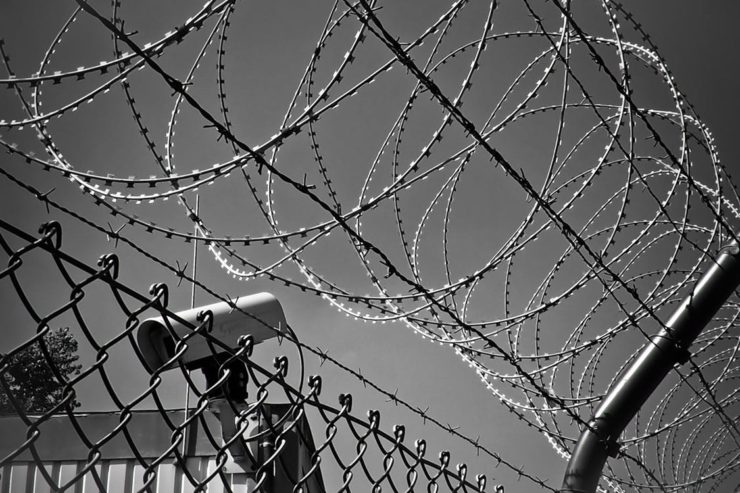How Police Are Tracking Criminals Who Use Drones for Illegal Activities
 We are living in an era whereby new technology is increasing everyday. The benefit of these technological developments is that they have come to make life easier and more efficient. Drones, the remote-controlled flying quad-copters are just one of these new technological advancements. Drones have become a popular electronic device that has captured the attention of the military, hobbyists, companies and unfortunately even criminals. Many criminal and terrorist organizations throughout the world have realized that drones can be used to conduct their illegal activities such much more covertly such as flying illegal goods in jails, spying, and much more.
We are living in an era whereby new technology is increasing everyday. The benefit of these technological developments is that they have come to make life easier and more efficient. Drones, the remote-controlled flying quad-copters are just one of these new technological advancements. Drones have become a popular electronic device that has captured the attention of the military, hobbyists, companies and unfortunately even criminals. Many criminal and terrorist organizations throughout the world have realized that drones can be used to conduct their illegal activities such much more covertly such as flying illegal goods in jails, spying, and much more.
The rise of drones being used by criminals have prompted police to consult drone forensic experts in an attempt to combat this new growing threat. One of the most common use of drones by criminals is to deliver drugs, phones, weapons and more into prisons. Things have gotten so bad, that police in the UK have established law enforcement teams to to capture the drones and pilots violating air space above prisons.
Whereas some inexperienced drone pilots will get caught quickly with their smartphone controllers and the drone with crucial flight data intact, it’s harder to capture expert drone pilots. Capturing these pilots is hard especially when only a drone, its wreckage or a controller gets recovered at the scene of the crime. Drone detectives are working on the drone’s “forensics” in an attempt to discover the pilots. However, the forensics are a bit challenging because they involve unraveling a complex digital fingerprint.
According to drone forensic experts, smartphones are the most resourceful of all the devices when capturing pilots flying drones illegally into prisons. Smartphones tend to capture images, videos and even GPS coordinates that easily gives law enforcement the proof they need for a conviction.
Law enforcement agencies are now working with drone manufacturers directly to help assist investigations. Additionally, investigators can use biological methods to determine the pilots. The rotor blades of a drone are usually very sharp and may hold microscopic skin cells that can ascertain the DNA of the drone user. Fingerprints analysis on the drone is also a crucial and easy way to identify and capture the pilots. However, mishandling of a drone once found can be catastrophic since it could potentialluy erase all the data. Analysts and investigators, therefore, must take precautions before conducting forensics on drones. As criminals become smarter, law enforcement agencies will need to stay one step ahead to prevent drones from becoming criminals go-to-device for breaking the law.
|